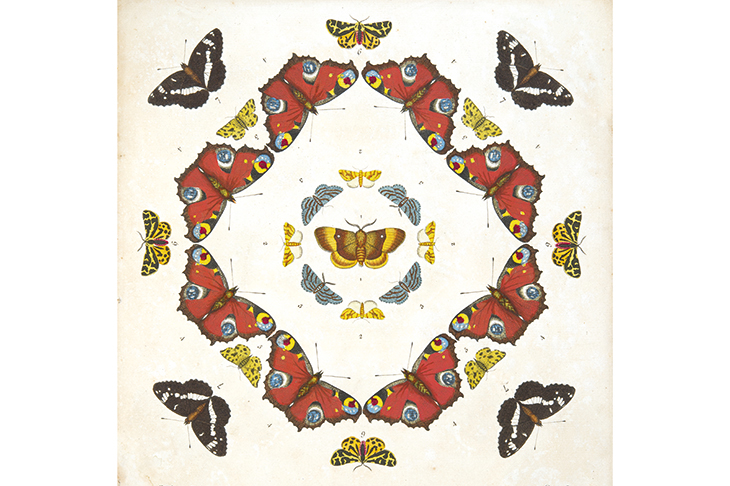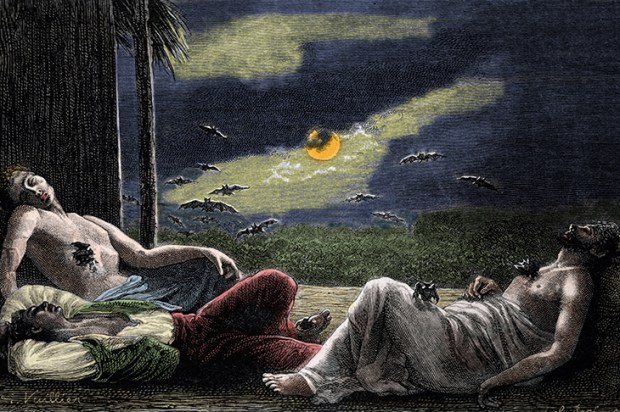In 1979, despite the best efforts of scientists for more than a century, a butterfly called the British Large Blue became extinct. There is widespread concern about the more recent decline in butterfly populations, but the American ecologist Nick Haddad writes that the collective weight of the known populations of the five rarest butterflies he discusses in his sobering book is just ‘three pounds five ounces — as much as one panda’s paw’.
Already a subscriber? Log in
Subscribe for just $2 a week
Try a month of The Spectator Australia absolutely free and without commitment. Not only that but – if you choose to continue – you’ll pay just $2 a week for your first year.
- Unlimited access to spectator.com.au and app
- The weekly edition on the Spectator Australia app
- Spectator podcasts and newsletters
- Full access to spectator.co.uk
Or
Unlock this article
You might disagree with half of it, but you’ll enjoy reading all of it. Try your first month for free, then just $2 a week for the remainder of your first year.














Comments
Don't miss out
Join the conversation with other Spectator Australia readers. Subscribe to leave a comment.
SUBSCRIBEAlready a subscriber? Log in